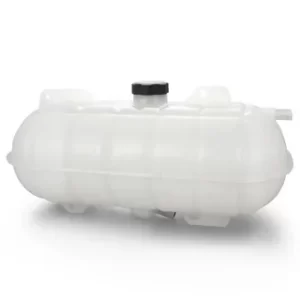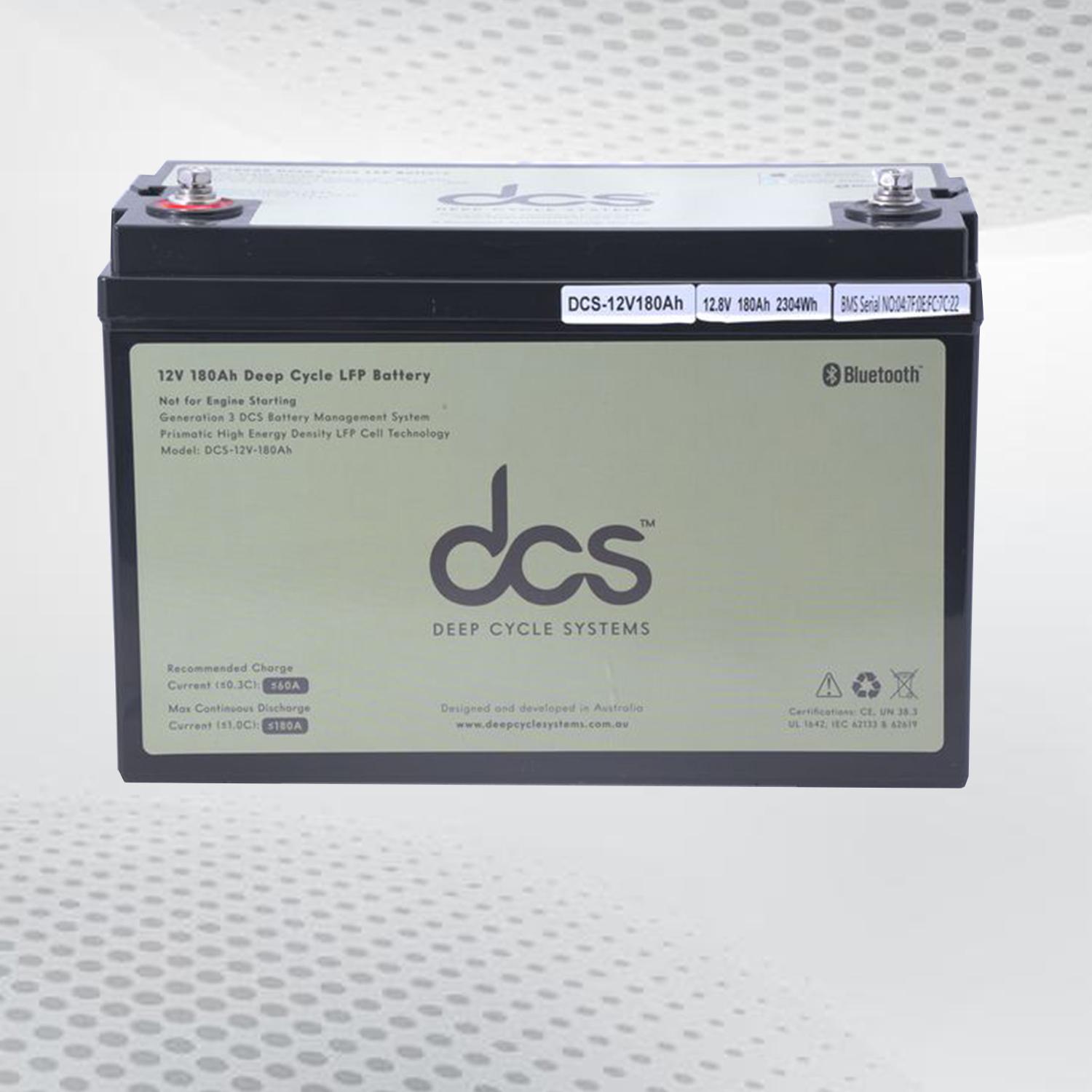The Mitsubishi Lancer power window switch is an essential element in the vehicle, allowing drivers and passengers to control the windows with a simple button that is pressed easily. This switch offers convenience and significantly affects the overall driving experience. Ensuring it operates smoothly is vital for maintaining the vehicle’s comfort and functionality. Proper operation of the power window switch enhances ease of use and provides a more pleasant journey. It is essential to monitor this component regularly to prevent any potential issues that could disrupt its function.
Recognising Frequent Problems
Owners of the Mitsubishi Lancer should be aware of the common signs of a faulty power window switch. One key indicator is when the windows fail to respond when the switch is pressed. This could point to an electrical or mechanical issue within the switch. In some cases, the windows might move erratically, such as rolling up or down inconsistently, which also signals a potential problem with the switch or the wiring.
Another symptom to watch is when the switch feels loose or doesn’t click into place properly. This could indicate that the switch’s internal components have worn out or become damaged, leading to unreliable operation. If the switch doesn’t feel firm when pressed, it’s a strong signal that it may need replacing.
Regularly Monitoring
Some Lancer owners may notice that the windows only operate when using the master control switch, while individual switches fail to respond. This suggests that the particular window switches may have malfunctioned, or there could be an issue with the wiring connecting them to the master control. This could indicate a more complex issue, such as a short or loose connection in the system.
Identifying these issues early can help prevent more significant problems from developing, such as complete window failure or electrical damage. Regularly monitoring the functionality of your window switches ensures the power window system continues to operate smoothly and reliably, avoiding costly repairs down the line.
Necessary Tools for Examination: Lancer Power Window Switch
Having the right tools is essential for diagnosing issues with the Lancer power window switch.
- A multimeter is indispensable for checking electrical continuity and voltage, helping to identify whether the switch is receiving power and transmitting it correctly to the window motor.
- A screwdriver set is also necessary to remove the switch from its housing and inspect the internal components.
- In some cases, the connectors or wiring may be the source of the problem, and a screwdriver will assist in getting to these parts.
- Needle-nose pliers are particularly helpful when handling small connectors or parts within the switch assembly.
- These pliers provide the precision needed to manipulate delicate components without causing damage.
- Proper handling is crucial, as the switch’s small components can be easily broken if not treated carefully.
Identify Issues More Efficiently
Safety precautions should always be taken when working with vehicle electronics. Before starting the diagnosis, disconnecting the vehicle’s battery is essential to avoid the risk of electric shock or the accidental activation of the power windows while working on the switch. This simple step ensures personal safety throughout the process.
A clean workspace and good lighting are also important when diagnosing the power window switch. A well-lit and organized area can help you identify issues more efficiently and avoid losing small parts. A tidy workspace reduces the chance of mistakes and ensures that all components are accounted for during the repair process.
Evaluating the Window Switch
Evaluating the Mitsubishi power window switch requires a detailed and systematic process. To access the internal components, begin by safely removing the switch panel with a screwdriver. Once the switch is disconnected from the wiring harness, utilise a multimeter to test the continuity of the switch by pressing each button and observing the readings.
Consistent readings suggest the switch is in good working condition, while irregularities may indicate a malfunction. It is essential to also visually inspect the switch for any signs of damage, such as broken contacts or worn-out buttons.
Any physical damage observed should be addressed promptly to restore proper functionality. The multimeter results, combined with a thorough visual inspection, provide a comprehensive evaluation, helping to determine whether the switch needs cleaning, repair, or replacement.
Addressing Electrical Issues: Mitsubishi Lancer Window Switch
When dealing with electrical problems in the Mitsubishi Lancer Window Switch, looking for common faults such as broken wires, poor connections, or corroded terminals is essential. These issues can disrupt the electrical flow and prevent the proper functioning of the power windows.
Examining the Wiring
Begin by inspecting the wiring around the power window switch. Look for visible wear, cuts, or fraying signs indicating that the wire is broken or disconnected. Pay special attention to areas where the wires might bend or experience friction.
Testing for Continuity and Voltage
Using a multimeter, check for continuity in the wires to ensure an uninterrupted electrical flow. Testing voltage at different points along the circuit will confirm whether the system receives power as intended. This step is crucial for identifying where the electrical fault may lie.
Checking for Poor Connections
Loose or poor connections are another common issue in power window systems. Examine the connectors to ensure they are tightly secured. Any loose or damaged connections may need to be re-soldered or replaced to restore proper electrical conductivity.
Cleaning or Replacing Corroded Terminals
Corrosion can build up on the terminals over time, leading to electrical malfunctions. Inspect the terminals for any signs of corrosion or rust. Clean the terminals using an appropriate cleaner, or replace them entirely if severe corrosion occurs.
Inspecting Fuses
Lastly, check the fuses related to the power window system. A blown fuse can cause electrical issues. If the fuse is damaged, replace it with one of the correct ratings to restore the functionality of the power windows.
Fixing or Replacing the Switch
When deciding whether to repair or replace the Mitsubishi power window switch, evaluating the issue’s severity is essential. For minor problems, such as dirt or debris buildup, cleaning the switch with a contact cleaner may restore functionality without needing replacement. This is often a quick and cost-effective fix for switches that do not respond due to grime accumulation.
However, replacement is usually the best option if the power window switch exhibits more significant mechanical failures, like broken buttons or malfunctioning internal components. A switch that no longer functions correctly due to these issues may not be repairable and will likely require a new part to restore the entire operation.
Vehicle’s Service Manual
When opting for a replacement, referring to the vehicle’s service manual is crucial. This ensures you follow the correct procedure for removing and installing the new switch, preventing mistakes and ensuring proper function.
Additionally, sourcing a genuine replacement part is highly recommended. Genuine parts are designed to be compatible with your vehicle and are generally more durable than aftermarket alternatives, ensuring long-term reliability.
Proper installation involves a few careful steps. First, disconnect the battery to avoid electrical hazards. Next, remove the door panel to access the switch, being cautious not to damage any clips or wiring. Once the old switch is removed, install the new one, ensuring all connections are securely attached. After reassembling the door panel, reconnect the battery and test the new switch to ensure it operates correctly.
Ensuring Long-Term Operation: Mitsubishi Lancer Master Control Switch
Regular maintenance is crucial for keeping the Mitsubishi Lancer Master Control Switch in optimal working condition. Consistent care prevents potential issues, extends the switch’s lifespan, and enhances overall vehicle performance.
Clean the Switch Periodically
A simple yet effective tip is to regularly clean the switch and its surrounding area. Dirt and debris can accumulate over time, leading to malfunctions. Using a soft cloth or brush to wipe the switch area prevents buildup and ensures smooth operation.
Test the Switch Frequently
Routine testing is essential to ensure the power window switch functions properly. Test the switch during each use and check for any signs of irregularities, such as delayed response or lack of movement. This helps identify issues early before they become significant problems.
Handle with Care
Using the switch gently and avoiding excessive force can significantly prolong its lifespan. Slamming or forcing the switch can cause internal damage, leading to costly repairs. Always use the switch with moderate pressure to keep it functioning smoothly.
Consider Environmental Factors
Environmental conditions play a vital role in the power window switch’s performance. Extreme temperatures, high humidity, or exposure to moisture can cause damage over time. Keep the switch clean and dry, and avoid prolonged exposure to harsh elements.
Implement Simple Practices for Longevity
By employing these basic maintenance practices—cleaning, testing, gentle use, and considering environmental factors—owners can ensure the power window switch remains reliable and functional for years, avoiding unnecessary repairs and replacements.
Tightening Connections
Maintaining the power window switch ensures the vehicle’s comfort and functionality. Regular inspection and prompt addressing of identified issues can prevent minor problems from escalating into more significant concerns.
Essential tools such as a multimeter, screwdriver set, and needle-nose pliers can assist in thoroughly evaluating and repairing the switch. Recognising malfunction symptoms, including unresponsive windows or loose switches, allows timely intervention. Proper diagnosis and repair, whether by cleaning, tightening connections, or replacing faulty components, ensure the switch operates smoothly.
Implementing regular maintenance practices, such as periodic cleaning and gentle usage, helps prolong the lifespan of the switch. By following these guidelines, Mitsubishi Lancer owners can enjoy a reliable and efficient power window system, contributing to an enhanced driving experience.
Conclusion
The Mitsubishi Lancer power window switch is a crucial component that controls the operation of the vehicle’s power windows. By understanding its function, recognizing signs of wear, and performing regular maintenance, you can ensure optimal window performance and prevent potential issues. If you experience any problems with your Lancer’s window switch, it is recommended to consult a qualified mechanic for diagnosis and repair.
FAQs
What are the common signs of a faulty power window switch?
Some common signs of a faulty power window switch include:
- Slow or sluggish window movement
- Window glass that doesn’t fully roll up or down
- Unusual noises, such as grinding or clicking, coming from the door panel
- Window glass that becomes stuck in an open or closed position
How often should I inspect the Mitsubishi Lancer power window switch?
You should inspect the Mitsubishi Lancer power window switch at least once a year or more frequently if you notice any signs of wear or damage. Regular inspection can help identify potential issues early on and prevent more serious problems.
Can I replace the power window switch myself?
Replacing a power window switch can be a complex task that requires mechanical knowledge and specialized tools. A qualified mechanic should perform this work to ensure proper installation and avoid damage to the vehicle’s door panel.
| Related Business Listings |
| Contact Directory |
| Local Business Profiles |




